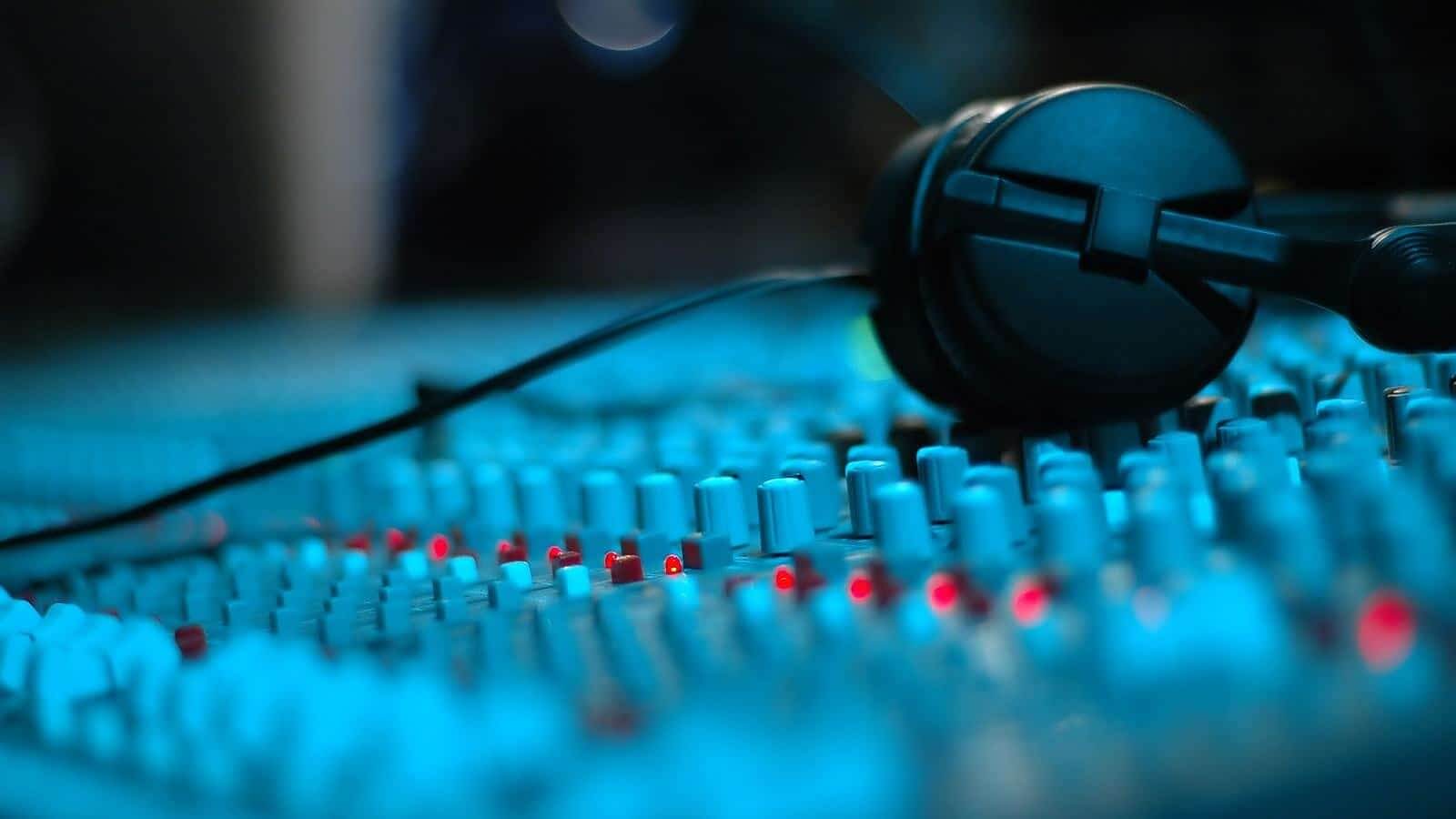Sound design is the way that you make the timbre of the basic building blocks in your tracks.
The term “sound design” might seem technical, however, the truth is that each producer is a sound designer.
Even so, sound design has some meanings relying on the context and situation.
In this article, we will go through the basics of sound design and provide you with an idea of the tools and techniques sound designers use in their creations.

